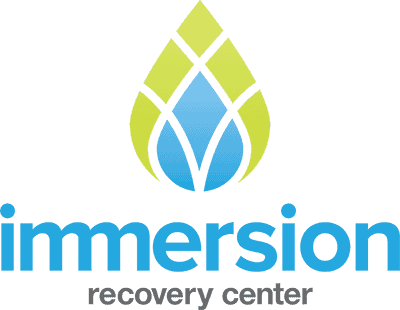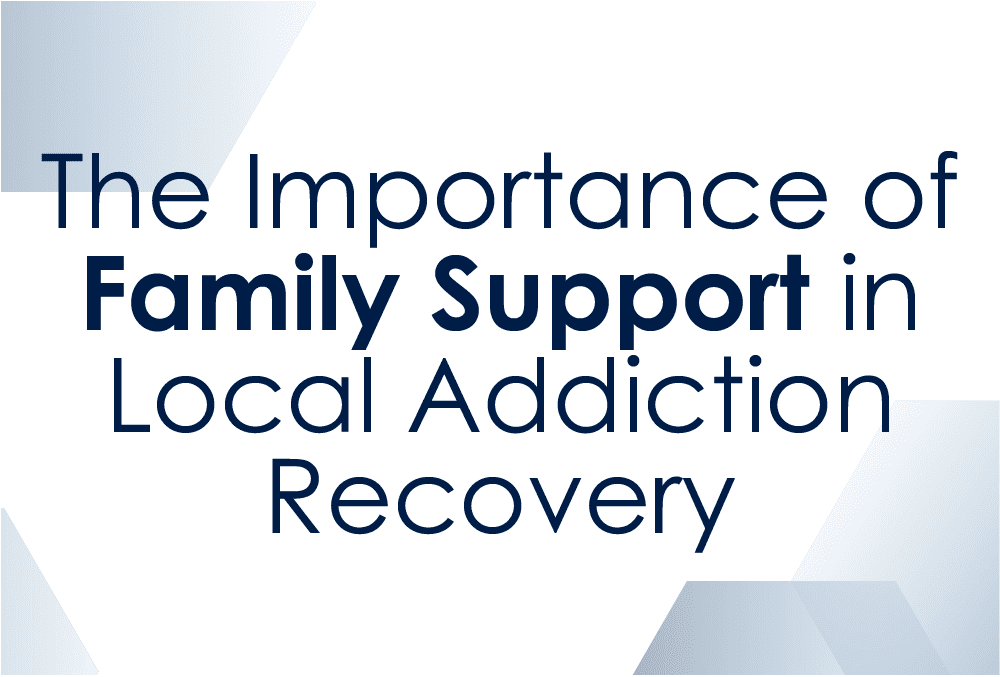Because of this, those that are actually struggling with alcohol abuse or addiction might have a difficult time discerning whether or not their problem is serious and requires professional care. Alcohol addiction is both common and difficult to detect, unless you know exactly what it is you’re looking for.
Because of this, those that are actually struggling with alcohol abuse or addiction might have a difficult time discerning whether or not their problem is serious and requires professional care. Alcohol addiction is both common and difficult to detect, unless you know exactly what it is you’re looking for.
Alcohol Addiction Statistics
First of all, take a look at some more important alcohol addiction statistics that might help you determine whether or not you’re struggling with an alcohol dependence. Hopefully these alcohol addiction statistics will also help you realize that if you are struggling with alcoholism, you are far from alone. There are millions of others who have grappled with the same exact things that you’re struggling with now, and millions of men and women that have made a full recovery.
We Are Here For You
Let Us Help You Heal
Our detoxification experience is second to none.
Learn how we can help by speaking with one of our Treatment Advisors today.
- A drink is quantified by the amount of alcohol content. A beer is one drink, a shot of liquor is one drink, and a glass of wine is one drink. Contrary to popular belief, alcoholism is not solely dependent on how much alcohol one person consumes (although the amount of alcohol consumed is a factor, of course). When it comes to heavy drinking, the Center of Disease Control (CDC) suggests that a woman who consumes more than eight alcoholic beverages in a week is a heavy drinker, and a man who consumes more than fifteen drinks in a week is a heavy drinker. Alcoholism is partially defined by heavy drinking, but it’s also defined by increased tolerance, a mental obsession and an inability to stop or cut back despite repeated attempts to do so.
- The CDC reported that there are six alcohol-related deaths every single day in the US. These deaths pertain exclusively to alcohol poisoning, not to the high number of fatalities relating to drinking and driving and other accidental deaths that might occur while someone is intoxicated. Considering alcohol-related deaths of all kinds (accidental poisoning and other accidents), this number jumps to 88,000 deaths annually, as reported by the CDC.
- Teenagers pose a very great risk of developing alcoholism when they start drinking early on in their adolescence. Their brains are still developing, and beginning to drink before their brains have matured can stunt growth irreparably. Furthermore, young men and women that drink are more likely to engage in risky behavior, putting them at risk of injury and other complications like sexual trauma. It was recently reported that over 50 percent of American youth between the ages of 12 and 17 have engaged in alcohol abuse.
- Binge drinking is a huge problem among drinkers of all ages, but especially among youth and young adults where binge drinking in a social setting is more widely accepted. Binge drinking is qualified by five or more drinks in an hour for men or four or more drinks in an hour for women. This may seem like an obscene amount, but consider the last time you got drunk at a party. In the course of an hour you very well might have taken a tequila shot or two, drank two beers and tried a cocktail made by a friend. Binge drinking is far more common than people may think. In 2013, the CDC found that 1.5 million American adults over the age of 20 had engaged in serious binge drinking within a single month.
Our Treatment Services Include
Alcoholism Treatment Statistics
We tend to hear more about alcoholism itself than we hear about alcohol addiction recovery. Here are several alcoholism treatment statistics and facts.
- Success in alcohol addiction treatment is not just determined by one’s ability to stay sober. It is also determined by completion of inpatient alcohol rehab, continuation of aftercare and a general improvement in mental, emotional and physical health. Recovery is comprehensive and multi-faceted – sobriety is not the same as recovery.
- The therapeutic community suggests that alcoholics have a 30 percent success rate when it comes to long-term recovery. This number only considered people who had completed the 12-step program of Alcoholics Anonymous. While 30 percent might not seem too high, the truth is that one-third of alcoholics stay sober for the remainder of their lives after completing a treatment program. The other two-thirds might experience a slip or a relapse, but this doesn’t mean that they don’t get back on the wagon immediately.
- One of the most important facts about alcoholism treatment is that those who undergo the suggested treatment steps – medical detox, inpatient alcohol addiction rehab, sober living and ongoing aftercare – are significantly more likely to to achieve long-term sobriety. Additionally, those that utilize the relapse prevention tools they learn in alcohol rehab are more likely to report happy and solid sobriety – they generally say that their lives are fulfilling and that they have never been tempted to return to drinking.
Ready To Begin Your Treatment?
Let Us Help Your Family Heal
Our family therapy program is second to none.
Learn how we can help your family by calling a Treatment Advisor now.
It was recently reported that over 23 percent of treatment center admissions relate directly to alcohol, which is a pretty alarming statistic considering the skyrocketing rates of heroin and prescription painkiller abuse. There is a common misconception that alcoholics are older in age and predominantly male. The truth of the matter is that alcoholism can affect people of any age, race, gender or demographic. No one is immune. If you possess the traits that go hand-in-hand with predisposition, any amount of alcohol abuse can put you at risk. If you’re still unsure as to whether or not alcohol addiction treatment is for you, give us a call.
Treatment for Alcohol Addiction
When it comes to treatment for alcoholism, medical detox is always a necessary first step. At Immersion Recovery Center we make sure that each of our alcohol-addicted patients starts with an in-depth detox, where withdrawal symptoms will be closely monitored. Next, patients will enter into our inpatient alcohol treatment center, where they’ll experience a wide variety of therapeutic modalities, including Cognitive Behavioral Therapy, Experiential Therapy, group therapy and daily individual sessions. In some cases, medication assisted therapy might be necessary (if the symptoms of withdrawal or post-acute withdrawal pose a threat to the effectiveness of treatment). Our team of professional therapists and physicians work together to ensure that each individual is getting the in-depth and highly individualized care that they deserve.
Begin Healing Now!
Have A Call With One Of Our Treatment Advisors
Don’t Suffer Any Longer
If you are struggling with alcohol abuse or addiction or you know someone who is, give us a call today. We are well-versed in dealing with alcoholism of all severity levels, no case is too big or too small for us to tackle. For more information on our alcohol addiction treatment program, all you have to do is reach out – we are here for you.
Get Started Now
Give us a call 24/7
(888) 693-1604

Reviewed for accuracy by :
Susan Shirley
LMHC
Serving as the Inpatient Clinical Director at Immersion Recovery Center, Susan will work directly with staff members, clients, and family members to ensure the clinical program remains as effective and individualized as possible. Susan is no stranger to the fields of behavioral health and addiction. She has over 25 years of experience, working in an inpatient setting, an outpatient setting, acute stabilization and nearly all other settings in the realm of addiction recovery.






















